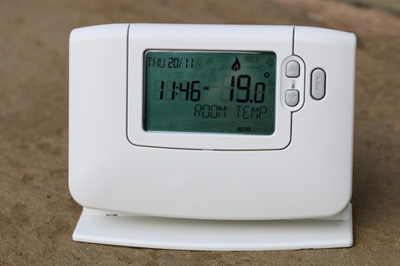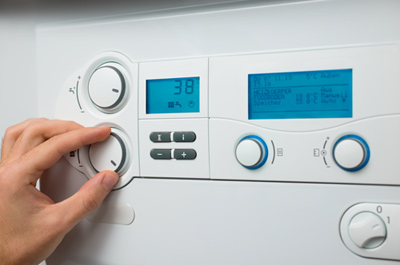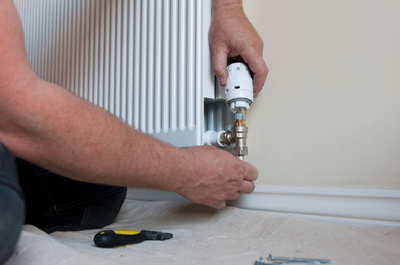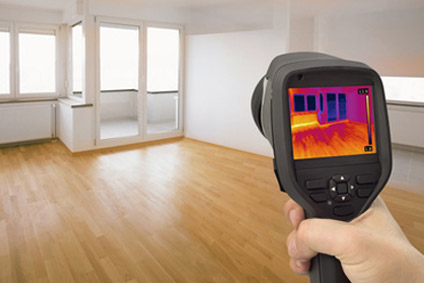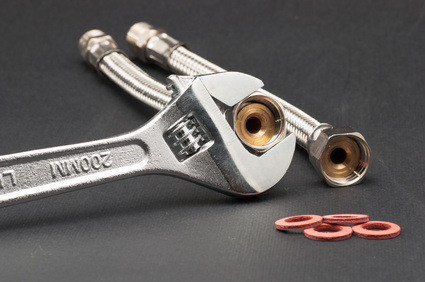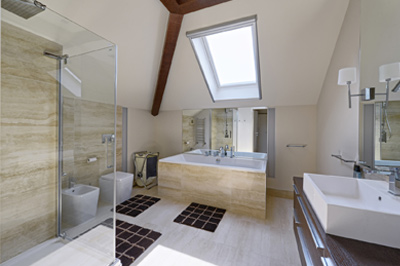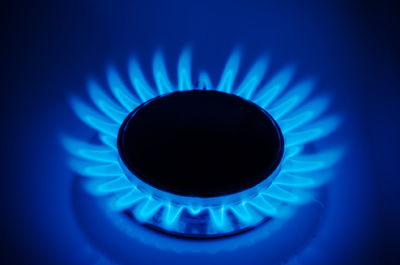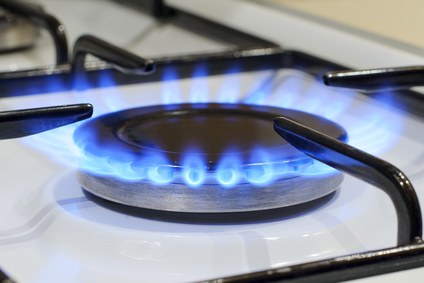How does central heating work?
- Details
- Published: Monday, 27 November 2017 11:54
A central heating system consists of heat production, heat distribution and heat transfer. Together they form a CV circuit which circuit supplies an efficient delivery of heat to the connected rooms. and ensure efficient delivery of heat in your rooms. The thermostat allows a user to control the temperature of the central heating.
But how does it work?
Today we will be showcasing our words on how the various components of a heating system work together. Central heating provides several rooms or apartments with warmth and it is often located in the attic or small room in the house.
Heat development in central heating
The first component in a central heating system is what creates the heat, for example, a central heating boiler. There are however other techniques and components that are also suitable to produce heat. All methods of these different components heat a so-called heat carrier, with central heating systems this is water.
The heated water is spread from the heat source via a pipe system to the rooms to be heated. The heated water along with cooled water is spread through a 2-pipe system with one of the tubes feeding the heated water into the radiator. On the other side with underfloor heating, the heated water is supplied to the heating surface. The other tube carries the cooled water, the so-called return to the central heating boiler.
Heat transfer in central heating
Central heating transfers the heat to the radiators, or another heating surface, via the distributor of the central heating system (for example a pipeline system). Radiators and other heating surfaces are heated with hot water. They bring warmth to the ambient air through their surface.
Radiators are designed to make it easier to create light circulation around them. The air circulates faster and rises far above the radiator to the ceiling. This air cools down and falls to the ground. This creates a cycle in which the air circulates and creates a pleasant warmth in the room.
Temperature reduction of central heating
It is, of course, highly recommended to reduce or turn off the room temperature of the central heating during sleep and your absence. This can be done simply and reliably using a clock thermostat with individually adjustable time programs.
Set the temperature of the central heating at a maximum of 5°C below the normal temperature during the reduction period. More than 5°C does not save much because the stronger cooling requires more energy to bring the house back to temperature. Only in case of a long absence, for example, holidays, it is necessary to adjust the lowering temperature.
Pros and cons of Central Heating Systems
Benefits:
-
By using a single heat source, a central heating system along with the sufficiently high efficiency of the boiler is more efficient in terms of heat and money compared to placing a separate heat source in any space to be heated.
-
In modern boilers, the combustion is shut off from the indoor air. The risk of carbon monoxide poisoning is therefore much smaller than when using a regular fireplace.
-
The principle of an HR boiler (the condensation heat of the combustion of hydrocarbons, usually natural gas, generated water vapour is utilised by heating the return water) is only possible with a central heating boiler.
-
Underfloor heating is only possible with a boiler and heat transfer.
Disadvantages:
-
Heating based on central heating will give uneven heating. The use of central heating with radiators will primarily heat the air by convection air currents (and to a lesser extent by radiant heat). In a closed room with radiators, the warm air will move upwards, and the lower air layers will feel colder. However, this problem can be solved by underfloor heating.
-
Due to the uneven heating, there is an increased chance of condensation on the walls. In poorly ventilated areas this can lead to fungal formation on the walls.
-
Convection air currents are also the cause that a lot of dust drops in some places on a radiator. This layer of dust then reduces the heat output of the radiator. It is recommended to clean the radiators regularly.
-
The convective air currents raise dust which is not recommended for asthma patients and people with allergies.
-
The dust on the radiators sheds off when the radiator warms up. Especially if not used for a long time.
-
Radiator cranes can leak water.
-
A central heating system has a specific problem that the water pressure must remain high enough. Air in the pipes results in a loss of efficiency, and the boiler does not start at too low pressure.
We hope this article gave you some insightful information about exactly how central heating systems work. If you have any questions, please do feel free to call the experts with 01908 310651 or visit our contact page.

